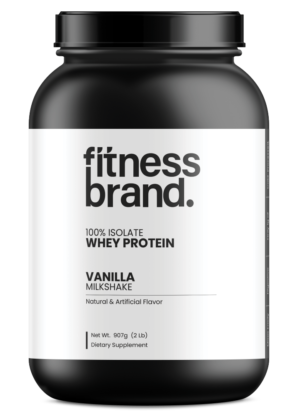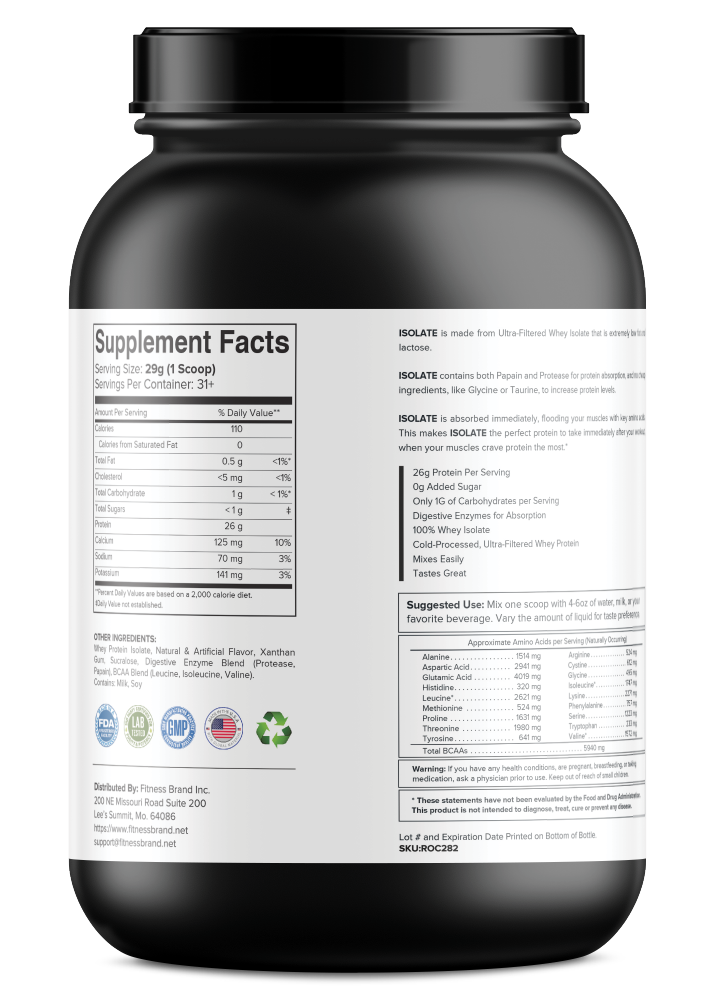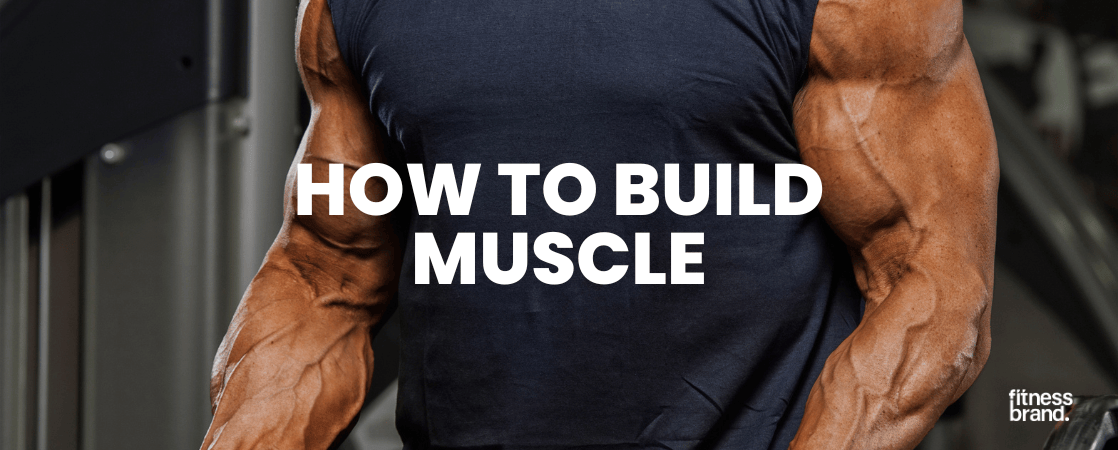


Building muscle requires a systematic approach to training that leverages strength and resistance techniques designed to stimulate hypertrophy. Let’s explore how to maximize muscle gains through targeted exercise strategies.
Strength training, especially resistance-based techniques, is the foundation of any muscle-building program. When you engage in resistance training, your body triggers a series of hormonal responses essential for muscle hypertrophy. Kraemer and Ratamess (2005) showed that resistance exercise elevates hormones like testosterone, growth hormone, and insulin-like growth factor, which are instrumental in promoting muscle growth. These hormones work synergistically to repair and build muscle tissue after a workout, supporting both recovery and hypertrophy.
One of the most effective ways to stimulate maximum muscle growth is by incorporating compound exercises—movements that engage multiple muscle groups at once, such as squats, deadlifts, and bench presses. Compound exercises allow you to lift heavier weights and generate greater overall muscle tension compared to isolation exercises. According to Schoenfeld (2017), these exercises not only help build strength but also lead to better muscle activation, making them indispensable for those serious about muscle gains.
To build muscle effectively, structuring workouts and choosing the right exercises is essential. Research-backed training splits—such as push-pull legs (PPL), upper/lower body splits, and full-body routines—ensure that muscles are adequately challenged while allowing recovery. Incorporating compound exercises like squats, deadlifts, rows, and bench presses is essential, as these exercises stimulate a wide array of muscles, leading to significant muscle and strength gains.
A key principle to follow is progressive overload, which involves gradually increasing the intensity, volume, or frequency of training over time. Steele, Fisher, et al. (2020) confirm that progressive overload is central to driving continued muscle adaptation, as the body needs to be consistently challenged to prompt further growth. By tracking your workouts, increasing weights, or adding extra sets over weeks and months, you can ensure that muscles are constantly adapting and expanding.
For beginners, starting with proper weightlifting techniques is critical. Learning safe and effective lifting form will help prevent injury while setting a solid foundation for hypertrophy. A well-structured hypertrophy training program will include exercises targeting each major muscle group, typically with rep ranges between 8–12 per set to promote muscle growth.
Below is a sample hypertrophy training program designed to build lean muscle mass:
Schoenfeld (2017) notes that using high-rep, moderate-weight exercises can drive adaptations in both strength and muscle growth. By balancing compound lifts with isolation exercises, you’ll achieve optimal strength and hypertrophy results.
Category: Build Muscle
